Published:
New Swedish and international studio grant holders to IASPIS in Stockholm in November 2023
We welcome Hillside Projects, Lerin/Hystad, Mirjam Hemström Farsi, Lena Bergendahl, Jan Lütjohann, Fassih Keiso, Post Workers Theatre, Sue Lawty and Roy Samaha to the IASPIS residency program in Stockholm during November 2023.
- Start Page
- News
- New Swedish and international studio grant holders to IASPIS in Stockholm in November 2023
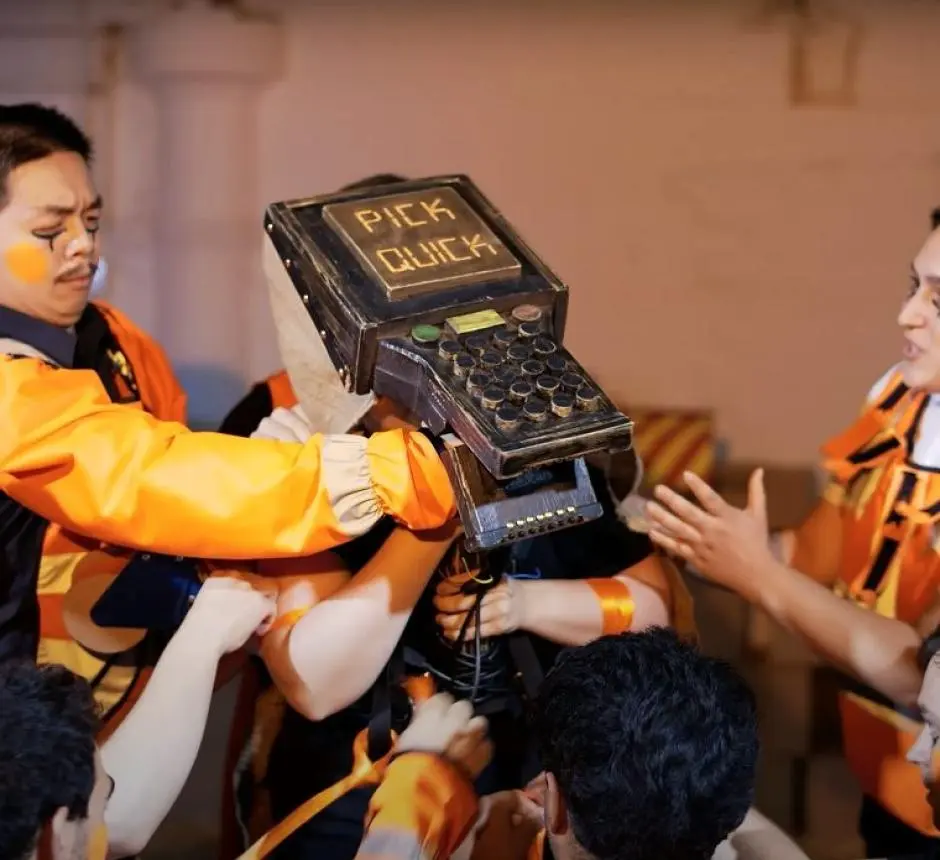
Hillside Projects
Hillside Projects is Emily Berry Mennerdahl and Jonas Böttern. Hillside Projects tells stories. Stories about ecological collapses and failed symbiosis. Birds are often the main characters: colorful birds on the brink of extinction, birds killed in airplane crashes, and birds that eat the dead. Hillside Projects thinks about how to tell stories and which stories are who’s to tell. Embracing the absurd, comedic and tragic, tales of disappearances are explored, alongside the inter-related existential emotions and socio-political narratives that arise through these tales. Hillside Projects’ works are manifested as performance, text, video, sound, painting and installations.
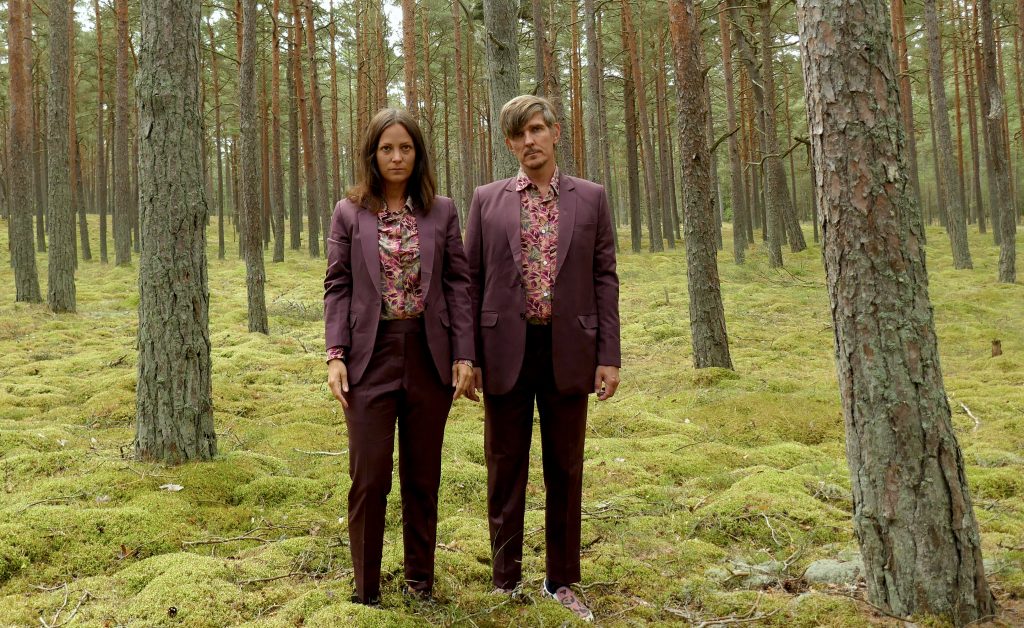
Photo: Hillside Projects
Hillside Projects
Lerin/Hystad
The artist duo Lerin/Hystad consists of Simon Torssell Lerin and Bettina Hvidevold Hystad. Since 2010, they have been working at the intersection of visual art and experimental music. With the work “Electronic Flora,” the duo engages with plants firmly rooted in their environment. Although plants are stationary beings, they continuously explore their surroundings, interconnected through various internal and external networks. Lerin/Hystad records electrical data from these plants, which, through sonification, is transformed into sound. The plants themselves dictate the tones, melodies, and rhythms in the music. Additionally, Bettina Hystad studies these plants through detailed pencil drawings. Avoiding perfect holotypes, Hystad embraces imperfections to highlight the unique qualities of each individual plant.
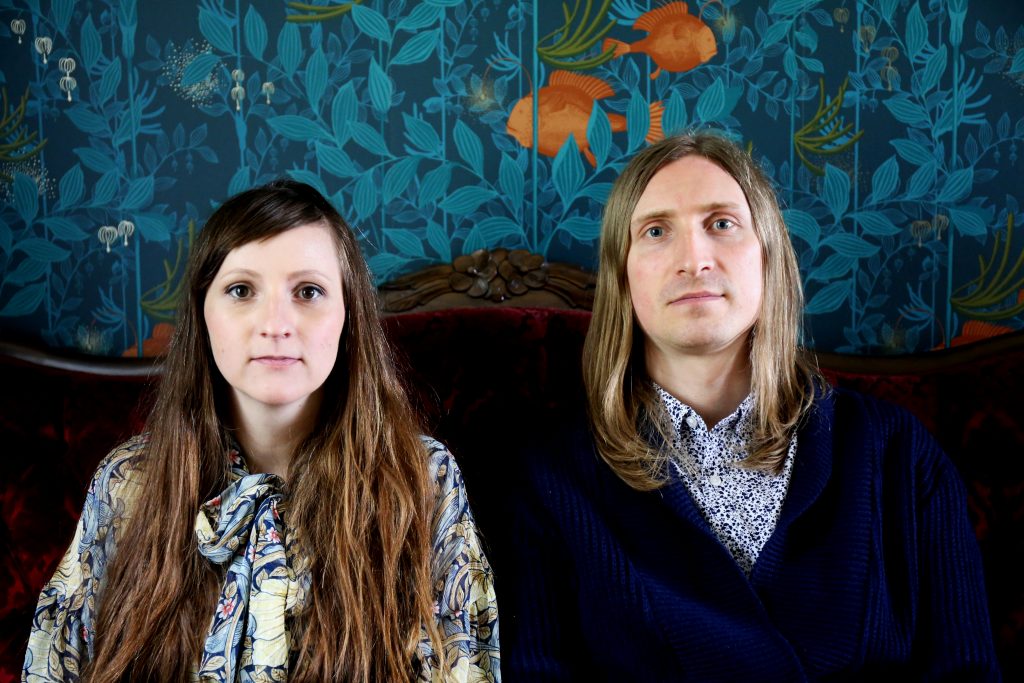
Bettina Hvidevold Hystad and Simon Torssell Lerin
Mirjam Hemström Farsi
Mirjam Hemström Farsi is a designer and textile artist. She explores perception through traditional craftsmanship, experimental techniques, and digital tools, drawing inspiration from mobile dwellings, textile architecture, liminal spaces, and places we yearn for. She identifies herself as a “Weaver of Space.” Based in a studio in Stockholm, Hemström Farsi creates art installations and exhibitions, both independently and in collaboration with the weaving group Studio Supersju.
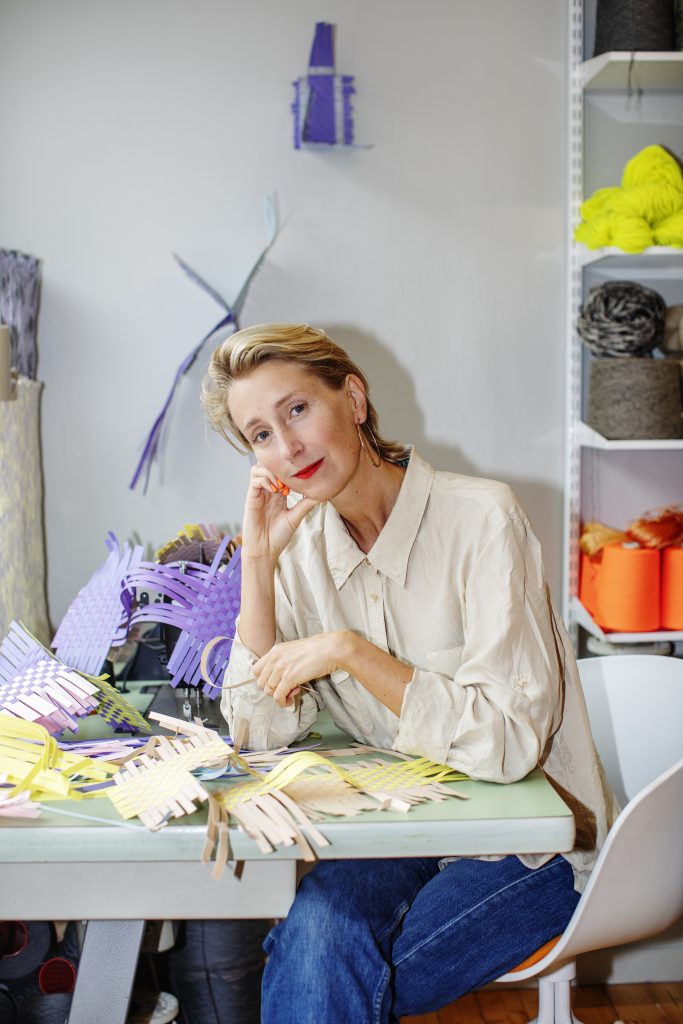
Photo: Ylva Sundgren
Mirjam Hemström Farsi
Lena Bergendahl
Lena Bergendahl is an artist based in Malmö. She primarily works with short films, video installations, photography, sculptures, and text. Her works often consist of parallel parts that simultaneously illustrate perspectives from the past, future, and present. She navigates through various media and materials, moving from images into the body of a camera, through the digital signals and physical components that transfer the images, down to the mines from which the materials are sourced, and back again. She also explores spaces where viewers can move through the spectrum of a completed film, its script, construction, and references.
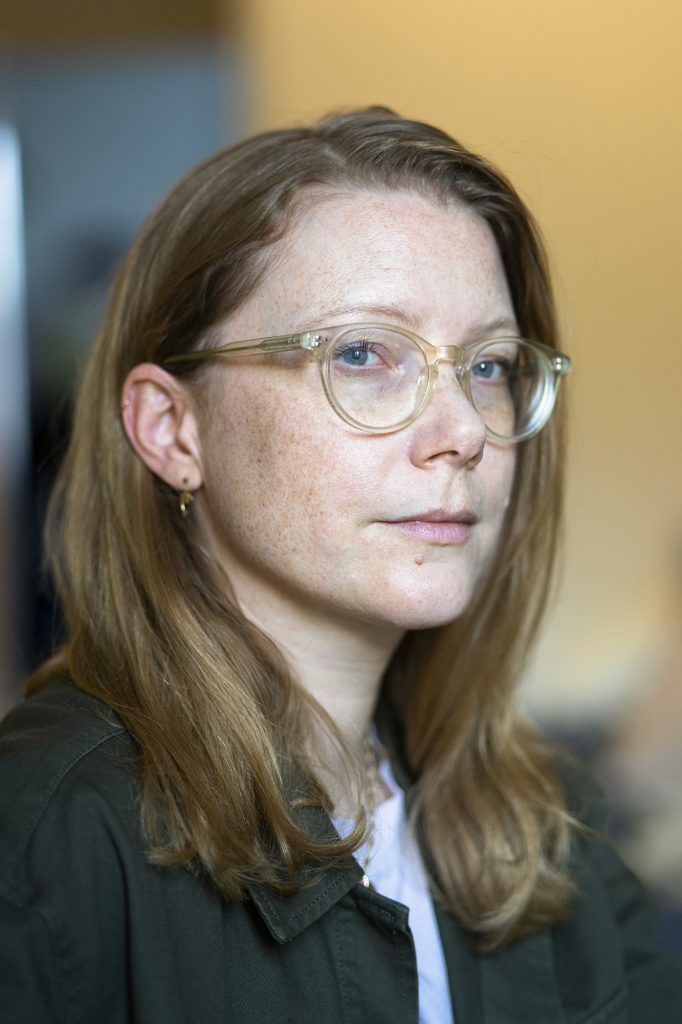
Lena Bergendahl
Jan Lütjohann
Jan Lütjohann is a sculptor and educator from northern Germany who lives and works in Helsinki, Finland. He uses pre-industrial tools and obsolete technology to contemplate on working with hands in the present and future. His sculptures and installations are often made from wood and take the shape of tools, equipment and workspaces. In his workshops, participants use their bodies, hands and tools to reflect their agency in their material and immaterial environment.
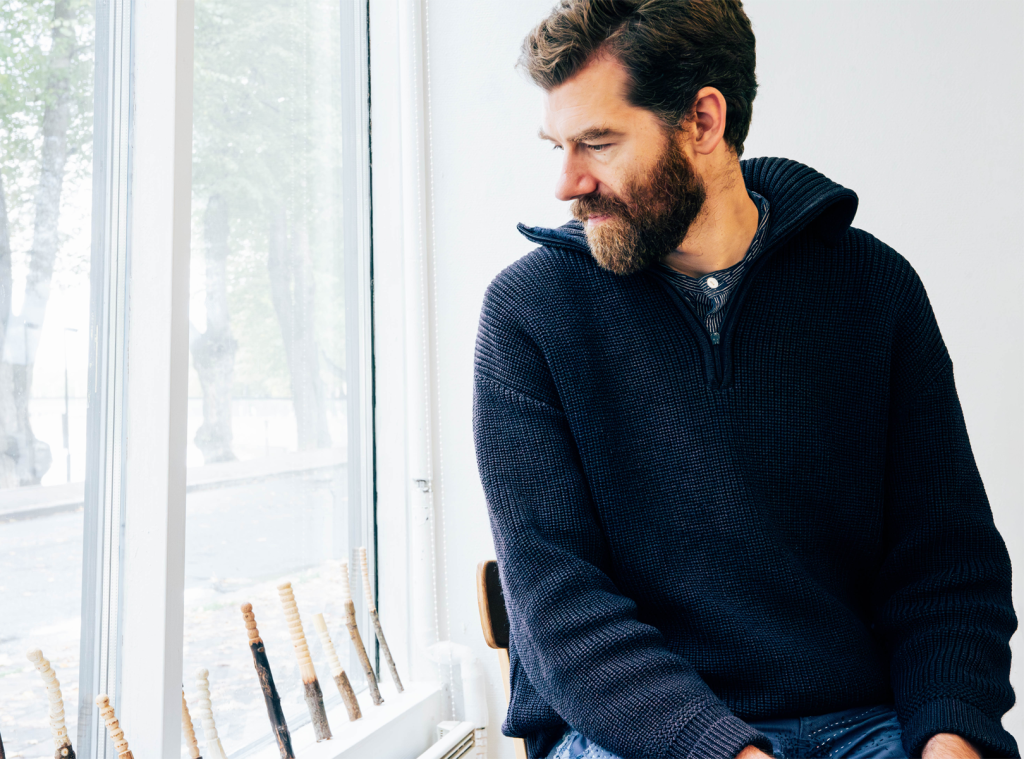
Jan Lütjohann
Fassih Keiso
Fassih Keiso is a research-based artist who predominantly lives and works between Melbourne and Damascus. His practice evolves from the recurring sociopolitical dynamism of Syrian culture, which he stylistically combines with typically contemporary Western artistic trends through the use of cross-disciplinary methodology. Holding dual citizenship and of dual cultures, he has developed a twofold perspective in his artworks and their frameworks. As an interdisciplinary artist, Keiso focuses on cultural polarity, the diaspora, migration, dislocation, and global political warfare, employing a variety of materials and techniques.
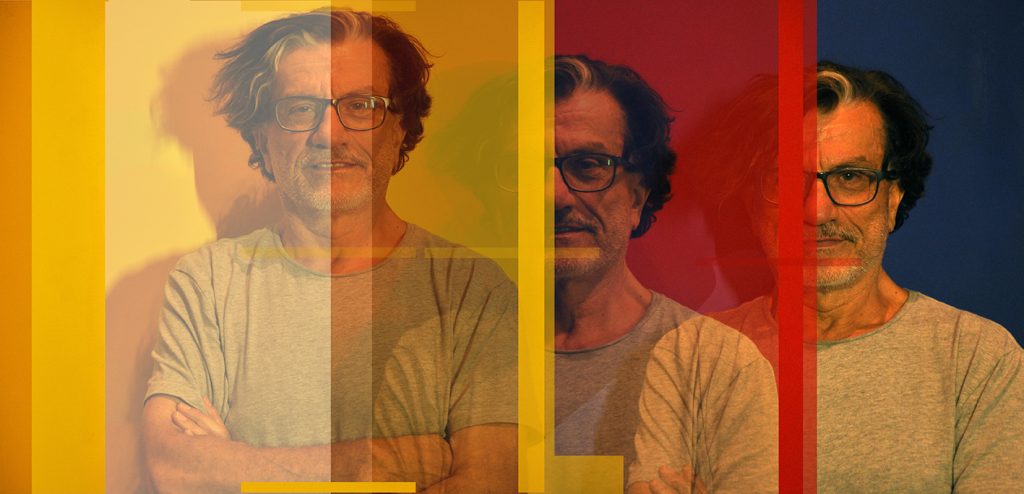
Fassih Keiso
Post Workers Theatre
Post Workers Theatre (Demitrios Kargotis, Dash Macdonald and Nicholas Mortimer) are a design troupe formed in 2018 in the UK who investigate the future of politically engaged performance, reimagining historic forms of creative resistance for a contemporary context. PWT study and update historic workers’ theatre and folk practices to address inequalities in the contemporary labour market and wider society. Through collective writing, performing, costume and stage production, the collective sets up opportunities for workers and communities to discuss and challenge their conditions and imagine them otherwise.
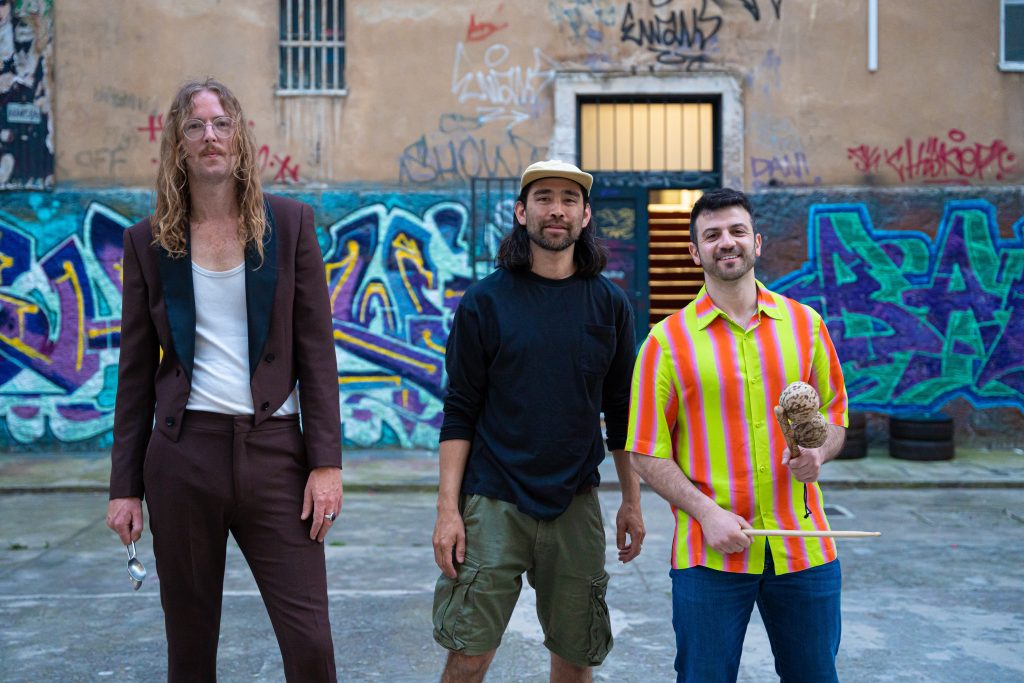
Post Workers Theatre
Sue Lawty
Sue Lawty is a British artist and designer who constructs works from raphia, hemp and lead, and makes drawings and assemblages using tiny stones, creating a kind of pixelated cloth. The work is slow, thoughtful, and meticulous. Defined as much by absence as presence, it quietly draws the viewer in to notice almost imperceptible differences. First-hand involvement in landscape – running and walking in remote and rocky terrain – is central to her work. Anchored in an emotional, spiritual and physical engagement with the land, her pieces have been described as ‘spiritual… meditative… a deeply contemplative experience’.
Roy Samaha
Roy Samaha is a Lebanese artist residing in Beirut. His videos have been featured in various film festivals and contemporary art exhibitions worldwide since 2002. His research focuses on electronic media in correlation with altered states of perception, along with a fascination for anthropological studies and accounts of shamanistic rituals and aesthetics. From 1998 to 2008, he worked in the broadcasting and news industry, utilising these experiences to explore the boundaries of cinematic language, the perception of reality, and the memory of personal objects.
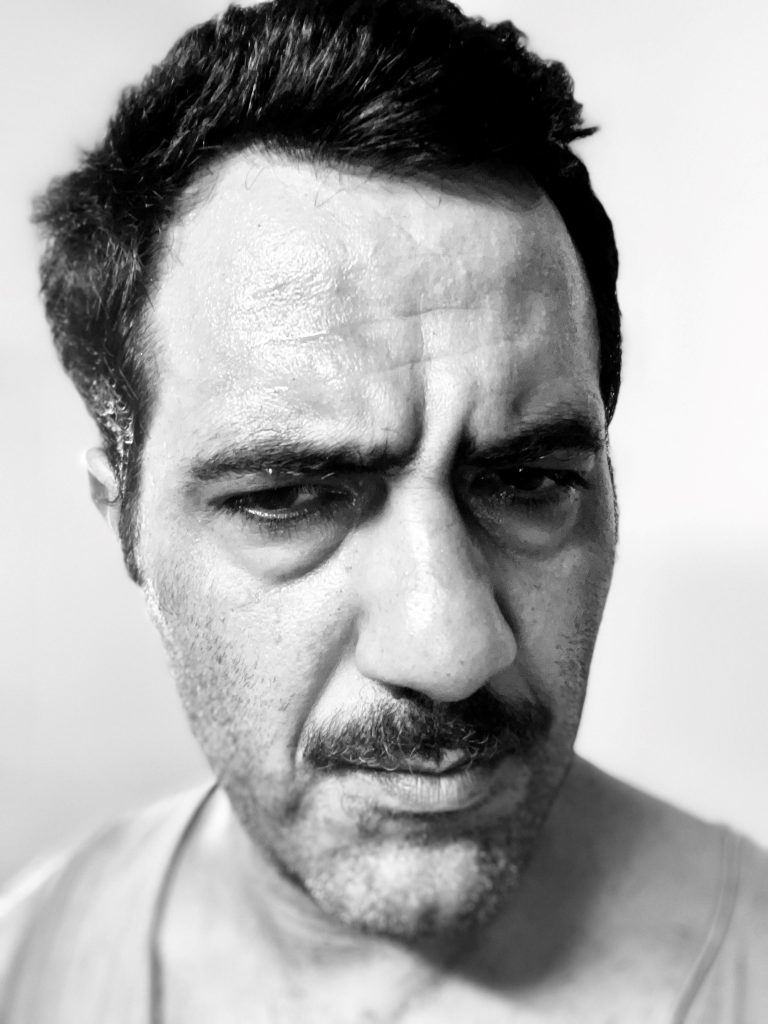
Roy Samaha

